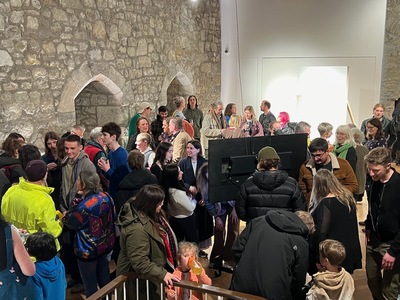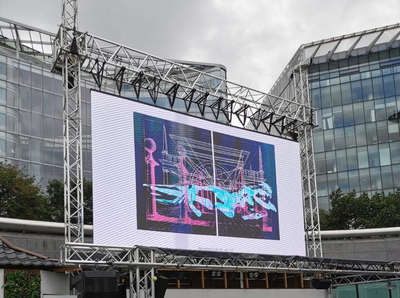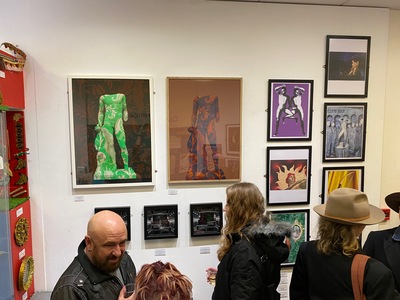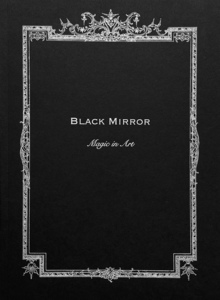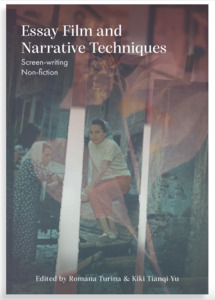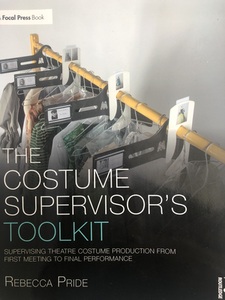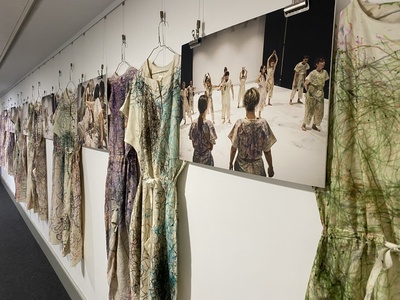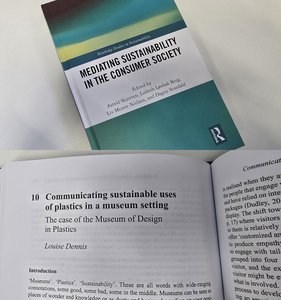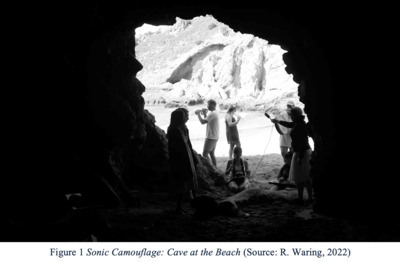This paper conducts a comparative philosophical analysis of the works of the speculative, design-fictional architect and film maker Liam Young, and the academic design theorist Tony Fry, focusing primarily upon their responses to questions of sustainability in the context of design and architectural practice, and their respective approaches to de- and re-futuring the Earth.
Whilst Fry's Design as Politics (2010) aims to highlight the urgency of environmental crisis and the implication of designers in this, its predominantly rational, absolutist and logico-propositional mode of communication distances it from an audience more attuned to affective, emotional, forms of exchange, and to imaginative modes of visualization. It is claimed here, firstly that Young’s project Planet City (2021), a multi-platform, design-fictional response to a very similar set of concerns, is better able to engage Fry’s intended audience, through its rallying of affective and fictional modes of graphical communication, and secondly that Fry’s overly strong commitment to a reality principle, and his call for methodological standardization in the context of design futuring, runs the risk of defuturing the more hubristic, imaginative and speculative responses that are nevertheless important to the process of ontological transformation.
 |



 Lists
Lists Lists
Lists


